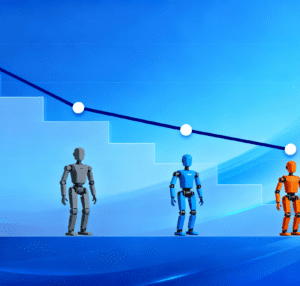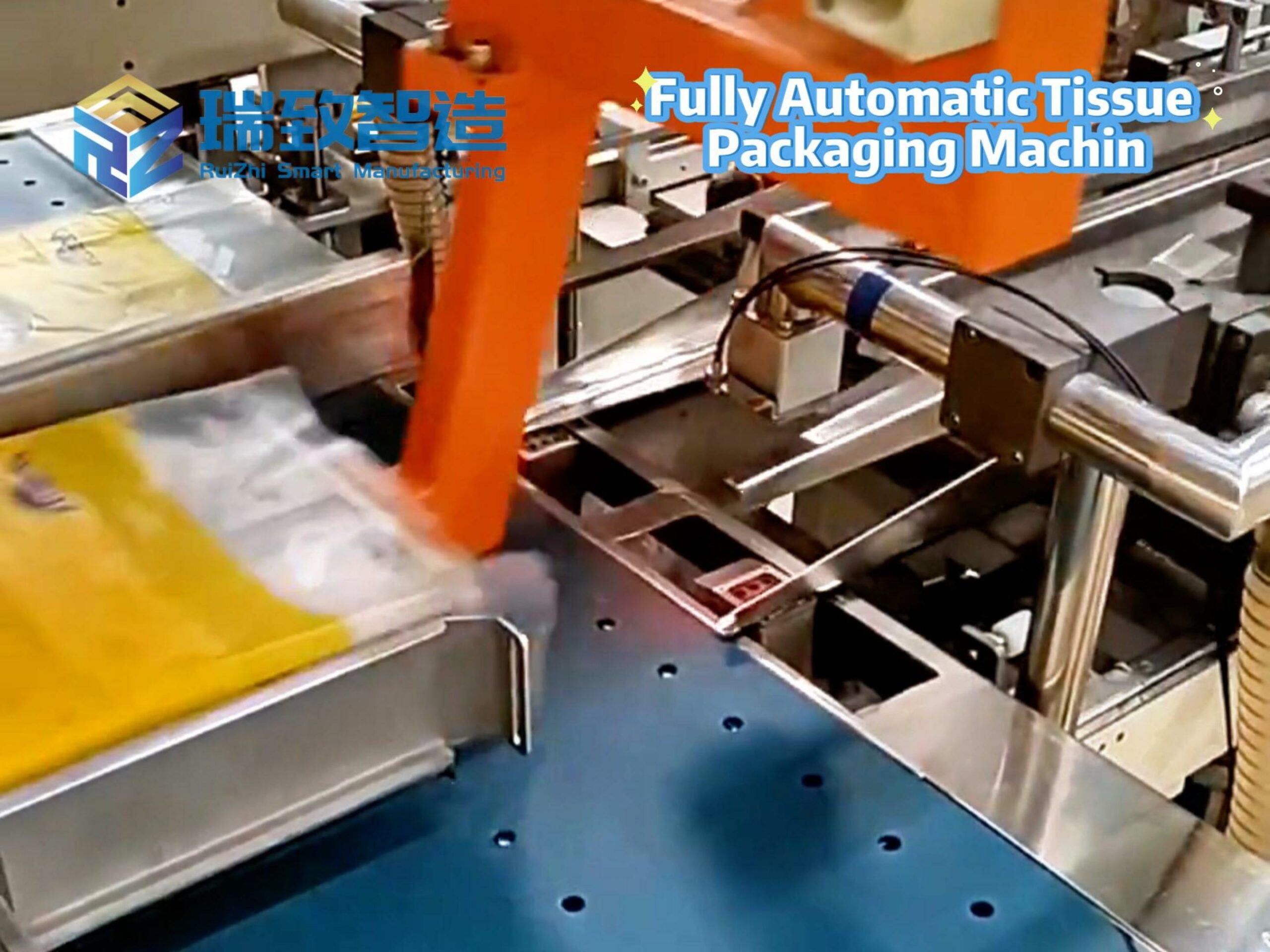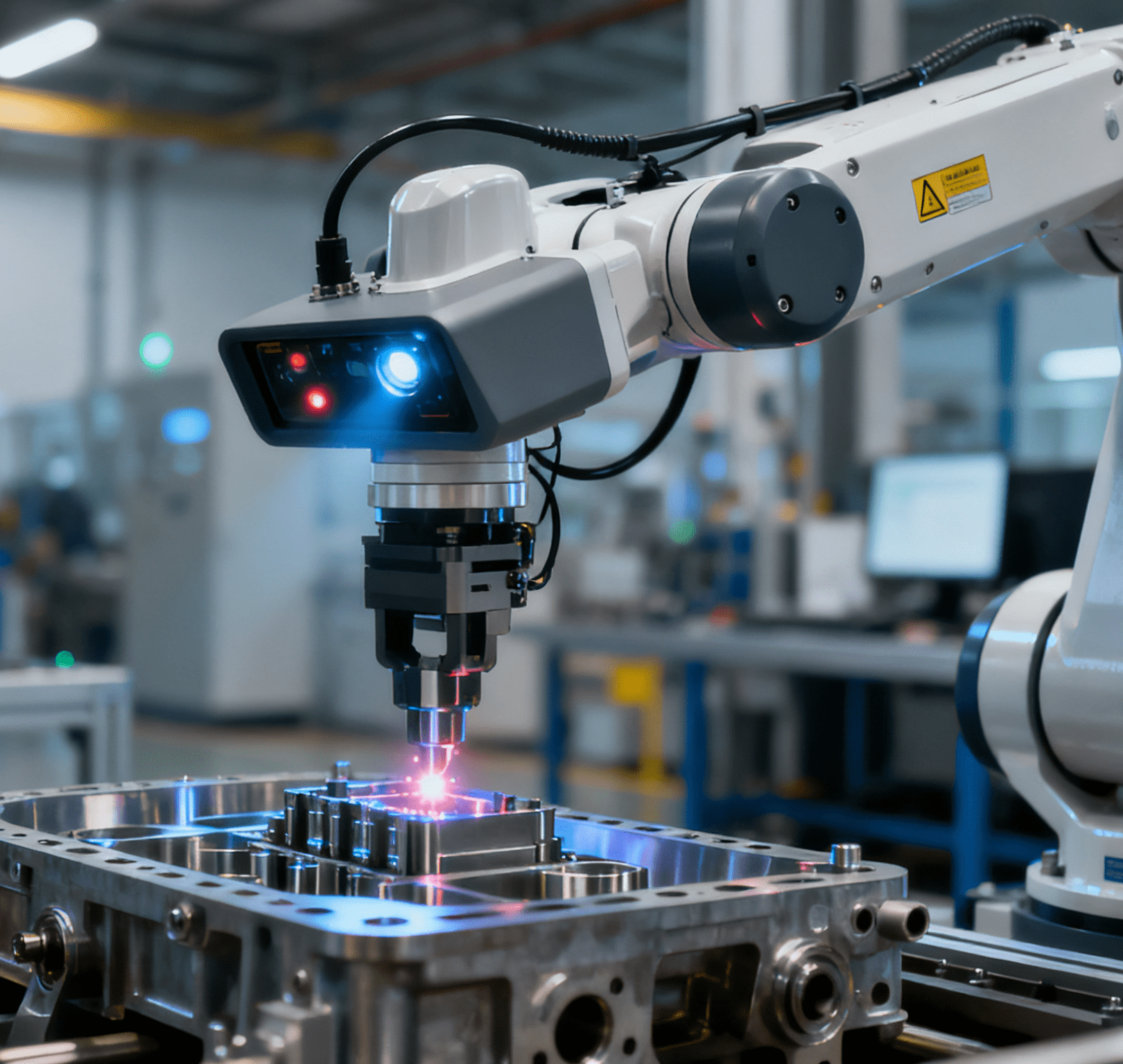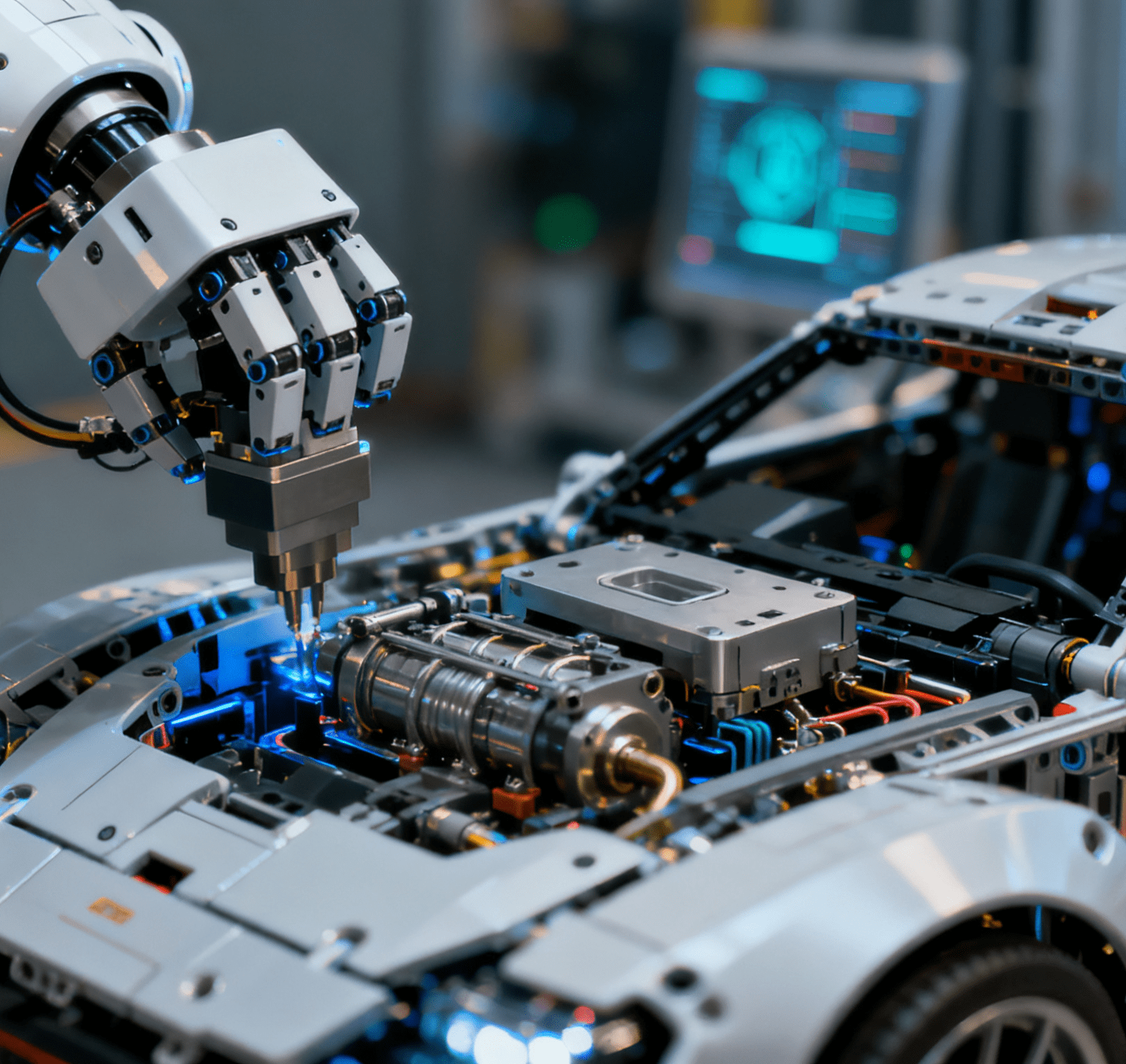
It may be an overstatement to describe the downward trend in humanoid robot prices as a “price war,” but there is no denying that today, the prices of humanoid robots are constantly breaking through lower price thresholds.In May last year, Unitree Robotics made a shocking announcement with the release of its G1 model, priced at a starting retail of 99,000 yuan. Its launch shattered the public’s perception that robots typically cost hundreds of thousands of yuan. In August this year, the “Youth Version” of DeepRobotics’ Lingxi X2 landed on DeepRobotics’ official mall and JD.com at a price of 98,000 yuan, opening for pre-order.On July 25th, Unitree Robotics released its new bipedal humanoid robot, the Unitree R1, via its official WeChat Channels. Priced at just 39,900 yuan, it broke the 50,000-yuan barrier, directly lowering the entry threshold to the “affordable for the masses” level.An even more dramatic shockwave hit in late October. Songyan Power, branding its product as the “world’s first high-performance humanoid robot under 10,000 yuan,” launched the “Xiaobumi” (Bumi) at a price of only 9,998 yuan, pushing the price threshold to an unprecedented low.Beneath the surface of this price frenzy, however, cold hard numbers paint a different picture: Bank of America predicts that global shipments of humanoid robots may reach 18,000 units in 2025; Counterpoint forecasts that even by 2030, global shipments will only amount to 256,000 units.Even a giant like Tesla is not immune. Elon Musk has put forward the ambitious goal of successfully deploying 1 million robots within 10 years, yet recently, Tesla had to slash its annual production target for Optimus from 5,000 units to 2,000 units.When a humanoid robot costs the same as a smartphone, is this boom driven by the natural maturation of technology, or is it concept-based marketing aimed at seizing a trending opportunity? Where will humanoid robot prices head next? Given the current scale of the industry, is it suitable for humanoid robots to enter the low-price market?Does the market need cheap robots, or high-performance ones? How can affordability and high performance be achieved simultaneously in the consumer (C-end) market?
Tiered Price Drop: Breaking Through from the 100,000-Yuan Tier to the 1,000-Yuan Tier
The long-term viability of the humanoid robot industry depends on the size of its market, which in turn hinges on the number of practical application scenarios.To some extent, the current application scenarios of humanoid robots are similar to those of Robotaxis—both are striving to break through the bottleneck of moving from the business (B-end) to the consumer (C-end) market.The key difference, however, is that Robotaxis, supported by policies, are gradually gaining a foothold in the C-end market; for humanoid robots, which are still in the early stages of industrial development, it is understandable that their commercial implementation remains focused on the B-end.Take UBtech’s Walker S, for example: its original price is 1.042 million yuan, with a subsidized price of 972,000 yuan. The original price of UBtech’s Walker S1 paired with an autonomous delivery vehicle exceeds 2 million yuan, and even with subsidies, it still costs 1.972 million yuan.These robots are priced on par with top-tier luxury cars. They are mainly used in specific industrial scenarios such as automobile manufacturing and serve as “showcase pieces” for a handful of industry giants. At this stage, humanoid robots are symbols of technological prowess—precision tools for the B-end (enterprise clients)—and a vast price gap separates them from ordinary consumers.However, as different manufacturers have coincidentally launched humanoid robots at relatively lower prices, this “price moat” has been dismantled at an unexpected speed and scale. It is clear that these manufacturers have begun to penetrate the C-end market, with prices dropping in a distinct “tiered” manner.Unitree’s G1, priced at 99,000 yuan, was the first to break the pricing norm of high-end robots costing hundreds of thousands of yuan, demonstrating potential applications in education, scientific research, and lightweight service scenarios. 1x Technologies’ Neo, priced at approximately 146,000 yuan, still requires remote assistance but is clearly targeted at home services, attempting to strike a balance between price and functionality.The 39,900-yuan price tag of Unitree’s Unitree R1 not only lowers the cost to the equivalent of a few months’ salary for white-collar workers in some cities but, more importantly, sends a strong signal: the hardware costs of humanoid robots can potentially be drastically reduced through technological iteration and large-scale production.This price point is already very close to the category of “quasi-consumer electronics” products such as high-end smartphones and gaming consoles, sparking public imagination about “robots entering households.”Songyan Power’s “Xiaobumi,” priced at 9,998 yuan, has completely rewritten the rules of the game. It has pushed the price of humanoid robots directly from the “10,000-yuan tier” to the “1,000-yuan tier”—an impact comparable to how smartphones reshuffled the feature phone market back in the day.Although Jiang Zheyuan, the company’s founder, cautiously defines it as a “quasi-consumer-grade” product, emphasizing that it primarily provides “emotional value” at this stage, the symbolic significance of breaking the 10,000-yuan threshold is profound. It has forced the entire industry to rethink the cost structure, functional definitions, and target markets of humanoid robots.This “price avalanche” is no accident. Behind it lies the combined effect of the gradual maturation of the supply chain (especially the cost reduction of core components such as joint modules, batteries, and sensors), the optimization of control algorithms, and the eagerness of capital to seize future market entry points. Manufacturers are adopting an almost aggressive approach, attempting to gain market share through lower prices, spread costs through scale, and accelerate the evolution cycle of the entire industry.In an interview, Jiang Zheyuan stated that humanoid robots are essentially composed of plastic, aluminum, iron, copper wires, magnets, and chips. By achieving a high degree of independent research and development of core components, increasing the localization rate of core components, and extensively using composite materials to control costs and profit margins, it is entirely possible to lower prices.”China is far ahead of any other country in hardware testing. The first country to truly advance the large-scale, mass adoption of robots in households will definitely be China,” Jiang Zheyuan said.Nevertheless, the rapid drop in prices will inevitably raise questions about product performance, reliability, and practicality.

Testing C-End Penetration: Can Low-Priced Robots Open the Door to Households?
According to the initial sales data of Songyan Power’s “Xiaobumi” released by the company: within 3 hours (from 8 PM to 11 PM), sales exceeded 200 units. The Booster K1, an upgraded model, was officially launched on major e-commerce platforms at a limited-time price of 29,900 yuan, and all initial full-payment orders were sold out within 20 minutes of its release.These figures have been repeatedly cited in social media and industry reports, creating an illusion of a “supply shortage” and prosperous market.However, when we calmly examine these numbers against the forecast from Bank of America Global Research analysts—that “global shipments of humanoid robots may reach 18,000 units in 2025″—it becomes clear that the current market enthusiasm is more of a “niche carnival” centered on geeks, tech enthusiasts, investors, and some educational and research institutions.Guo Yandong, founder and CEO of Zhi Ping Fang, has argued that competition in the robotics industry over the next three years will revolve around “closing the loop in real-world scenarios.” In other words, the company whose robots can be deployed and operate in more real-world commercial scenarios, and continuously feed operational data back to models and hardware for iterative optimization, will build an insurmountable moat.In his view, the robotics industry is not yet at a stage where “price competition” is necessary. “The top priority now should be to make customers feel that the product is useful, not just cheap. If everyone only focuses on low prices and ignores performance, it will severely harm R&D efforts.”As Jiang Zheyuan noted in a group interview with industry media, the main reasons humanoid robots have struggled to enter the consumer market in the past are technological bottlenecks and insufficient model generalization capabilities, making them unable to handle complex tasks such as elderly care and household chores.He emphasized that the launch of “Xiaobumi” aims to provide emotional value before humanoid robots truly enter households, and that “Xiaobumi” is still a “quasi-consumer-grade” product.
The Dilemma of Quasi-Consumer-Grade Products: Balancing Performance, Practicality, and Emotional Value
In other words, a large proportion of the first buyers of “consumer-grade” humanoid robots are early adopters of tech products. What they are purchasing is not a mature “housekeeper” capable of handling complex household tasks, but a cool “large intelligent figurine” or “social currency” that can perform simple interactions and dance moves. They are paying for curiosity, a sense of participation, and the experience of “touching the future in advance.”Another group of buyers may come from fields such as robotics education and programming research, using this low-cost platform as a tool for learning and development. As for consumers with rigid needs who truly expect these robots to take on tasks like elderly care or meticulous household chores, there are likely very few at this stage.More notably, for humanoid robots to enter the C-end market, in addition to providing “quasi-consumer-grade” emotional value, the balance between cost and performance must also be considered.How can humanoid robots priced under 10,000 yuan strike a balance between low cost and high performance? Compared to robots priced at hundreds of thousands or even millions of yuan, products in the 10,000-yuan range will inevitably require trade-offs in materials, sensor accuracy, the number of joints and torque, computing power, and software algorithms.For example, in terms of mobility: can sub-10,000-yuan humanoid robots walk, run, or climb stairs smoothly, or can they only perform pre-programmed dance moves and simple gaits? How capable are they of handling complex ground conditions? In terms of interactive intelligence: do they possess real environmental perception, understanding, and autonomous decision-making capabilities, or do they mainly rely on remote control or simple voice commands to trigger fixed programs? In terms of continuous operation: what is their battery life? Can they support extended periods of interaction or task execution? In terms of reliability and durability: as precision electromechanical products, what is their mean time between failures (MTBF)? Is maintenance convenient, and what are the associated costs?Currently, there is a lack of independent, in-depth evaluations of the actual performance of these low-cost robots. If “high performance” is mostly limited to entertainment and demonstration purposes, and the robots lack the “hard capabilities” to solve real-world problems, their long-term market viability will be questionable.
The Industry Inflection Point Has Arrived: A Dual-Track Path of Deepening B-End Layout and Breaking C-End Barriers
The emergence of the 10,000-yuan price point is undoubtedly an important industrial signal. It marks a phased breakthrough in cost control for humanoid robots, laying a price foundation for larger-scale popularization in the future.However, this by no means indicates that the door to the consumer market has been thrown wide open. From “quasi-consumer-grade” to truly “consumer-grade,” the humanoid robot industry still faces an arduous “long march.”Price wars are a double-edged sword. While they stimulate market attention and accelerate supply chain maturation, excessive pursuit of low prices may lead to compromised product experiences and damage the overall reputation of the industry. The key to future competition will shift from mere “price competition” to “value competition.” Manufacturers need to find the optimal balance between cost, performance, reliability, and practicality.Independent R&D and large-scale cost reduction of core components (such as dexterous hands, high-energy-density batteries, and high-performance sensors) will be crucial in determining which companies can go the distance. At the same time, the value of software and ecosystems will become increasingly prominent—a robot that can continuously learn new skills through software updates and has a rich application ecosystem will be far more appealing in the long run than a low-cost but functionally rigid “hunk of metal.”The popularization of humanoid robots will not happen overnight; it will more likely follow a path from “specific functions” to “general functions,” and from “B-end first” to “C-end penetration.”Currently, the B-end remains the main battlefield. In structured or semi-structured scenarios such as logistics sorting, assembly line work, Robotic Irregular-Shaped Metal Part Removal Systems for precision manufacturing (e.g., automotive or aerospace component handling), and inspection in high-risk environments, humanoid robots have higher technical feasibility, and their return on investment (ROI) is easier to calculate. A price drop to the range of 20,000–30,000 US dollars (approximately 140,000–220,000 yuan) will greatly stimulate commercial applications in these fields. The deployment of UBtech’s Walker S in industrial settings is a prime example of this path.The C-end still needs to “break the ice” in terms of scenarios. Launching all-purpose household butler robots directly is currently high-risk and highly challenging. A more practical approach is to first focus on single or limited core functions to ignite market demand. For instance, robots dedicated to elderly companionship and emergency calls, those focused on children’s education and entertainment, or those designed for home security patrols.By addressing a specific “pain point” for users to prove their value, these robots can gradually accumulate trust and technical capabilities before expanding to more functions. “Xiaobumi’s” emphasis on emotional value can be seen as a test in the entertainment and companionship scenario.
The Future Gamble: Technological Accumulation and Scenario Breakthrough Behind the Price Frenzy
The 2025 humanoid robot market is in a restless yet critical phase—one where dreams are on the cusp of becoming reality. The tiered drop in prices is an inevitable outcome of the combined effects of technology, capital, and market expectations. It has torn open a corner of the future, allowing us to glimpse the dawn of an era of accessible robots for all.The pricing strategies of manufacturers like Songyan Power and Unitree Robotics are like “catfish,” drastically shaking up the market, accelerating technological iteration, and raising public awareness.However, we must clearly recognize that the huge contrast between the “silence” of shipment volumes and the “hullabaloo” of promotion reveals the industry’s early-stage status.The emergence of sub-10,000-yuan robots is a milestone, not a finish line. It largely addresses the issue of “affordability,” but there is still a long way to go before these robots become “useful” and “indispensable.” The current “sell-out frenzy” in the market is essentially a payment for scarce innovative experiences and future possibilities, rather than for mature practical value.This so-called “price war” is a high-stakes gamble on the future. It bets on the speed of technological breakthroughs, the potential for supply chain cost reduction, and which company will be the first to identify the application scenario that ignites rigid demand. For industry players, while wielding the “price weapon,” they must also calm down to polish their products’ core capabilities and build sustainable business models and ecosystems. For consumers and observers, while maintaining enthusiasm, they should also exercise patience and rationality—distinguishing between what is about to become reality and what remains a vision that requires time to mature.The “mass production Yuannian” (the first year of mass production) of humanoid robots may not be a year of harvest, but it is undoubtedly a year of sowing. After the price drop, the “frozen soil” of the market is thawing, and seeds have been planted. Whether these seeds will eventually grow into towering trees or leave only a trail of noise—time will deliver the final answer.
(Note: “Yuannian” refers to the “first year” of a significant phase or era. In this context, it denotes the initial stage of humanoid robot mass production, a term commonly used in Chinese tech industry discourse to emphasize the beginning of a new developmental cycle.)
Automated assembly mechanical connection equipment
Artificial intelligence automated assembly mechanical connection robot




















